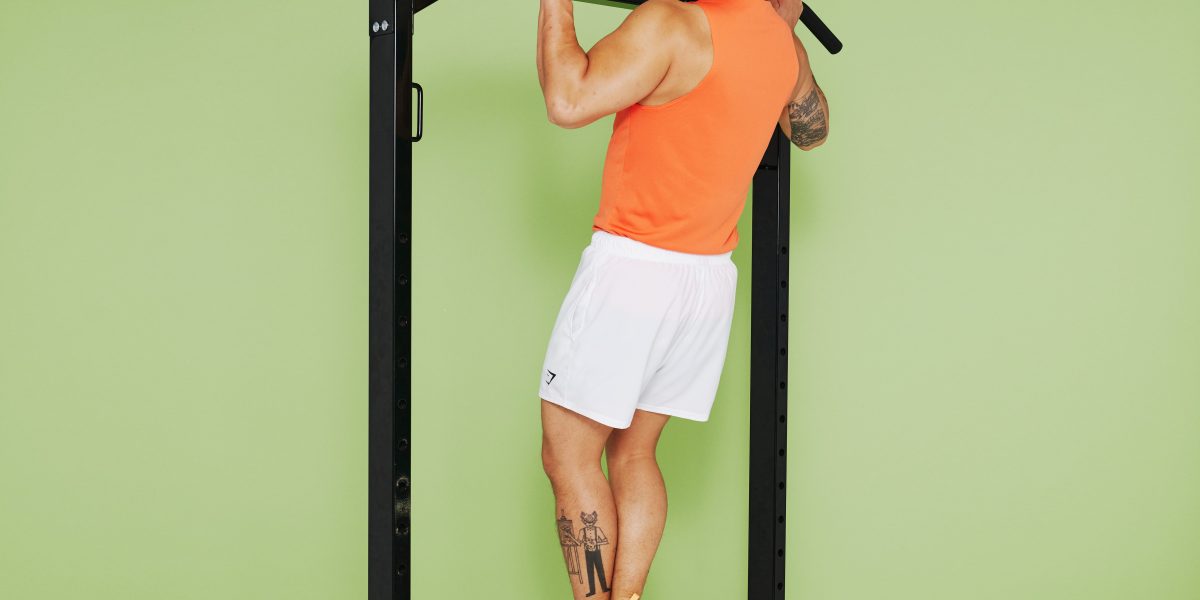In its simplest terms, the pull-up seems pretty basic: Hang from a bar, then pull yourself up to it. It’s not complicated, but that sure doesn’t mean that it’s easy. In fact, this bodyweight, no-fancy-footwork-needed move is one of most difficult strength exercises to master, making it a common reach-for-it goal for many gym-goers out there.
Impressive yet intimidating, the pull-up is widely considered the holy grail of strength exercises, Kira Stokes, CPT, a personal trainer in New York and LA and the creator of the KSFIT app, tells SELF. “It’s a flex when you can do a pull-up, and especially if you can bang them out rep after rep.”
That’s because a pull-up is not something that just anyone can hop up onto a bar and do with ease—even someone who is otherwise relatively strong. The move takes genuine, focused work, along with a whole lot of strength. “To the naked eye, it’s an upper-body exercise, but it’s truly a full-body exercise,” Stokes explains.
“When your goal is to do a pull-up, you really have to dissect what a pull-up is from the ground up, then determine how you can properly strengthen the areas that are most involved to progress to it,” adds Stokes. So let’s get to dissecting everything you need for pull-up progression, shall we?
Pull-ups require a ton of back and arm strength—and help you build even more.
Pull-ups primarily work your lats (our largest back muscles), biceps, and forearms, Amy Potter, CPT, personal trainer in Hermosa Beach and strength coach at Ladies Who Lift, tells SELF. They also require significant core engagement and control, and a whole lot of shoulder mobility, says Stokes.
Stokes says to think of them as hanging hollow holds. Your arms are overhead (that’s where shoulder mobility comes in), your core has to be super strong to keep you torso stable, and your legs and glutes must fire so that they don’t flail as your body moves up and down.
During a pull-up, you’re using the strength in your lats, biceps, and forearms to literally lift the entirety of your bodyweight, Potter notes. That’s why if you haven’t been working on upper-body strength regularly, they’ll be a lot more challenging for you, she says.
Beyond giving you bragging rights in the gym, adding pull-ups to your workouts is great for building strength, which can benefit you in and out of the gym. “Having a strong posterior chain—the back side of the body—helps you maintain good posture, reduces the risk of injuries, and can translate into improved form and strength in other exercises, such as a deadlift, where having a strong back is also important,” Potter explains.
It’s also a great grip strength exercise, Stokes adds. That’s important, since research links it as a solid predictor of overall health and longevity. Chances are, if you’ve got a great grip, that means you’ve been strength training and are experiencing the health benefits that come with that—say, for your heart, lungs, bones, and more, all of which can help you in the long run.
Getting your first pull-up takes time, patience, and dedication.
We’re not going to sugarcoat it here: Pull-ups are hard AF. Depending on your starting point, it could take months (or even years) of focused work in the gym to do your first one.
